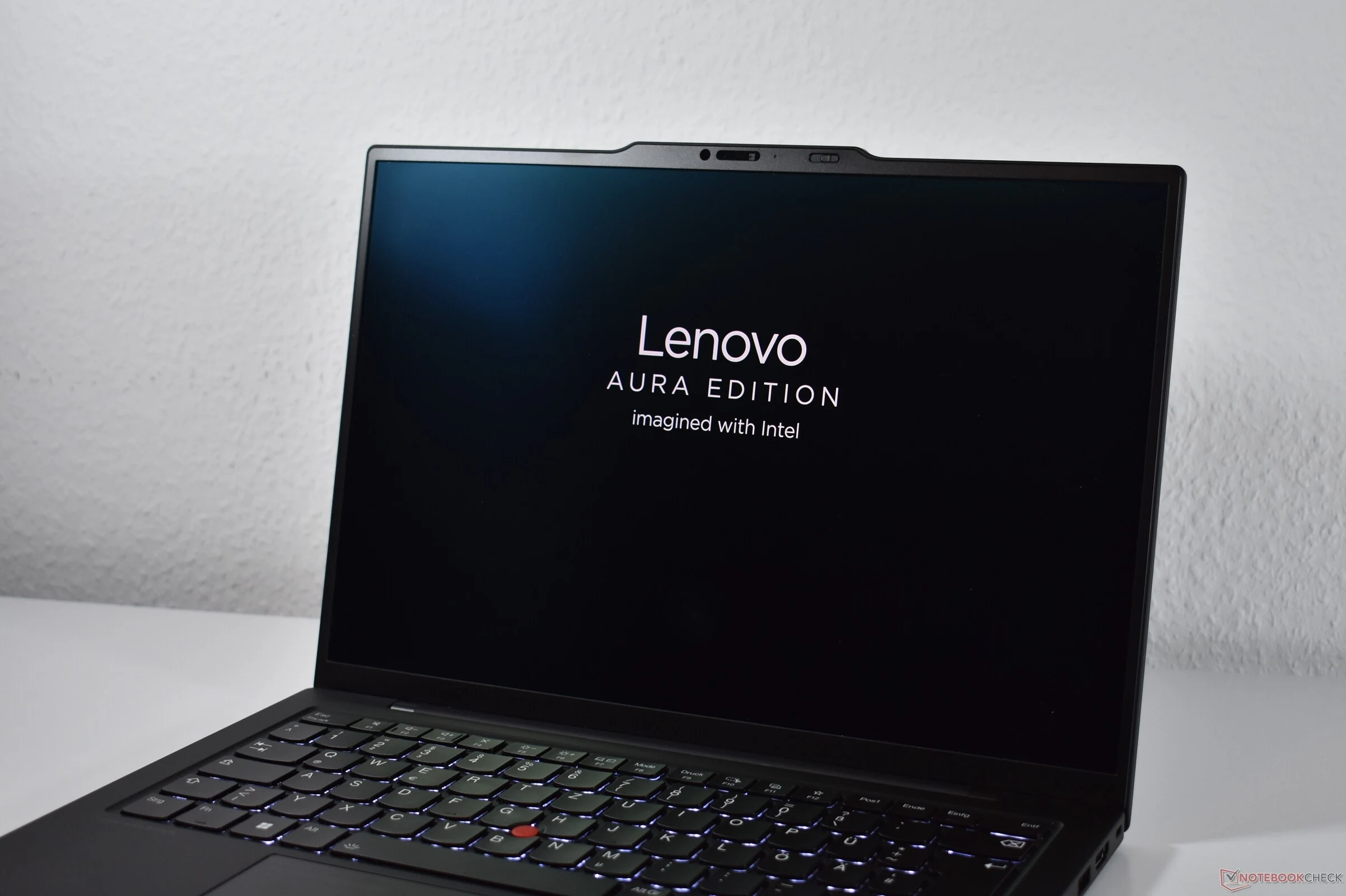Key Takeaways
1. Fierce Competition: The Windows laptop market in 2025 sees intense competition among Intel, AMD, and Qualcomm, offering consumers a variety of options but creating confusion.
2. Intel’s Core Ultra Series 2: Intel’s product lineup for high-end laptop processors, the Core Ultra Series 2, is complicated and not as cohesive as it appears, making it difficult for buyers to navigate.
3. Product Distinction Issues: Not all Intel Core Ultra Series 2 CPUs are equal, with specific models like Arrow Lake HX being limited to larger laptops, while Arrow Lake U may not offer significant improvements over older models.
4. Confusing Naming Conventions: Intel’s naming scheme for its 2025 CPUs, such as Arrow Lake U, can mislead consumers, as it suggests minimal differences from previous generations like Meteor Lake.
5. Real-World Example: The Lenovo ThinkPad X1 Carbon Gen 13 Aura Edition illustrates the confusion, as newer models with different Intel CPUs (Arrow Lake U and H) can leave buyers uncertain about which processor to choose.
2025 is shaping up to be an interesting year for laptops. There are a variety of strong options available, and the competition among the three major CPU makers in the Windows laptop market—Intel, AMD, and Qualcomm—is fierce. While this is beneficial for consumers, it can also lead to some confusion due to the sheer number of choices.
The Intel Dilemma
Even after picking a CPU brand, the confusion doesn’t always go away. This year, Intel is particularly challenging to navigate. The once-dominant chipmaker has a single product line for high-end laptop processors, known as the Core Ultra Series 2, at least on paper. However, what seems like a cohesive product lineup is actually quite scattered, which can be very perplexing for buyers. The complete Core Ultra range that Intel offers in 2025 includes:
What complicates matters for shoppers is that these product lines aren’t as distinct as they might appear. Arrow Lake HX stands out as it is only available in larger, heavier laptops, while the other three can all power similar laptops. And they do just that.
Real-World Example
Take the Lenovo ThinkPad X1 Carbon Gen 13 Aura Edition, which you can find on Amazon. We took this laptop for a spin in December 2024 using Intel’s Lunar Lake, and for quite some time, that was the only option available. However, starting from late April, Lenovo began offering the pricier ThinkPad thin and light models equipped with Intel Arrow Lake U and Intel Arrow Lake H, causing many buyers to wonder: Which CPU should I choose?
While this situation isn’t ideal, it really becomes a concern when you realize that not all Intel Core Ultra Series 2 CPUs are created equal. The biggest problem lies with the Intel Arrow Lake U, also known as Core Ultra 200U.
Confusing Naming Conventions
The name implies there’s little distinction between Arrow Lake U and the others, but in truth, Intel Arrow Lake U is merely an upgrade of last year’s Intel Meteor Lake / Core Ultra 100U, fabricated using the newer Intel 3 process. Consequently, customers who opt for laptops with these CPUs won’t benefit from the advancements Intel has made in efficiency, which are present in Lunar Lake and the more robust Intel Arrow Lake H, featuring the more advanced Lion Cove and Skymont CPU cores made on the modern TSMC 3 nm node.
Honestly, Intel’s naming scheme for its 2025 CPUs is quite bewildering. It’s not clear why “Arrow Lake U” is even called that when it should actually be labeled as Intel Meteor Lake Refresh. Therefore, customers considering a laptop with Intel Arrow Lake U can also comfortably explore older models from 2024 with Meteor Lake, as the differences between the two CPU families appear to be quite small.
Source:
Link






